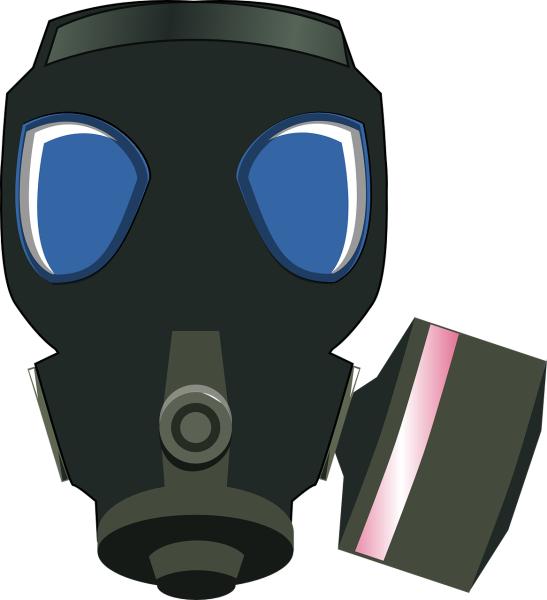The article, Environmental Group Charges EPA With Ignoring Evidence Of Cancer discusses a complaint filed by the Public Employees for Environmental Responsibility (PEER) to the EPA’s Office of Inspector General indicated that a report by the Office of Pesticide Programs was
“omitting “known facts” and issuing false and misleading representations about the science on 1,3-Dichloropropene, or 1,3-D, which … sells under the brand name Telone.”
The chemical is applied as a vapor before planting various fruits and vegetables, kills “bugs, worms, and other organisms,” and concern has been raised about the chemical's drift into the surrounding communities. The crucial matter is that the chemical has been downgraded from a “likely human carcinogen” to “suggestive evidence of carcinogenic potential.” The PEER complaint believes that the conclusions are based upon shoddy research, including an inadequate search for pertinent studies and disregarding studies demonstrating lung tumors in mice.
“These are not honest mistakes and carry the earmarks of deliberate malfeasance.”
Tim Whitehouse, PEER’s executive director.
You can find the entire article on Intercept, but I believe this is an accurate reflection of the gist of PEER’s allegations. I asked Susan Goldhaber, MPH, an environmental toxicologist, and member of our Board of Scientific Advisers to review the report, especially regarding the shoddy research and disregarded studies. I have lightly edited her responses.
Shoddy Research
“I was shocked to see that the letter was correct that in the Health Assessment, EPA said that they did a literature search without using the full name of the pesticide (1,3-dichloropropene) and the fact that they didn't use the CAS number in the search. [1] As someone who carried out literature searches for years and years, that is such a basic requirement that it truly did shock me.
However, their statement that because of this, they missed a critical study that demonstrates the genotoxicity of 1,3-DCP was false. Yes, they missed this study, and yes, the study was positive … for DNA damage in liver cells, but it was negative for DNA damage in the stomach and jejunum. It is not uncommon for genotoxicity data to show some positive and some negative results, and this study proves nothing. In addition, in my quick literature search, I found a 2020 study on 1,3-DCP that was negative for mutations in Transgenic mice. Since it was carried out in mice, this study would be better evidence than the [cited] study, which looks at DNA damage to a single cell. In summary, the fact that they missed a few studies would not change the overall characterization of 1,3-DCP as not being genotoxic.”
Disregarded Studies
“The complaint states that the Cancer Assessment Review Committee should not have excluded the lung tumors seen in mice at the highest dose. This involves a scientific disagreement over the Maximum Tolerated Dose that I really don't feel qualified to comment on.
The complaint goes on to say that the Cancer Review Committee was wrong not to include a study on 1,3-DCP because it contained the stabilizer epichlorohydrin. [2] I think the criticism is incorrect in this instance. The study involved an additional agent, epichlorohydrin, which means that there was no way to tell if the study results were due to 1,3-DCP or to the epichlorohydrin. So I think the EPA was correct not to include the results of the study in their assessment.”
The Bottom Line
The conclusion is that the toxicology of 1,3-DCP is unclear; you can make an argument on either side of the debate. But you will note two crucial aspects in Susan Goldhaber's response besides the evidence she puts forward. Unlike PEER’s Executive Director, she does not impugn the intentions of the EPA’s scientists or PEER, for that matter. She can also recognize the limits of her knowledge concerning the ongoing debate over what dose makes the poison. We need more of both of these qualities in debating public policy based upon science.
[1] The CAS registry is a database of the American Chemical Society and provides a number used to search for specific chemicals.
[2] Epichlorohydrin is an organochlorine used in epoxy resins and classified by the EPA as a possible human carcinogen.




